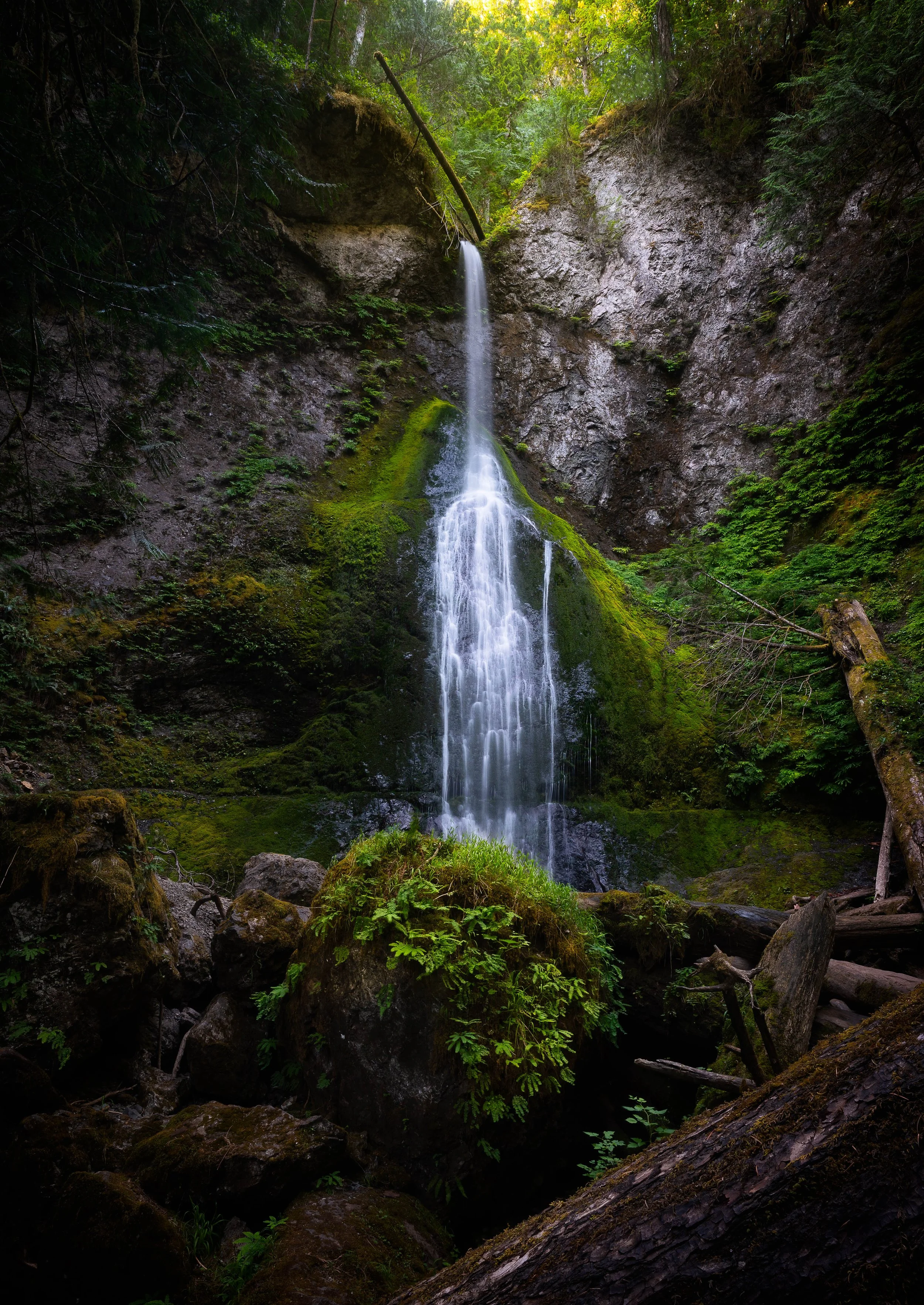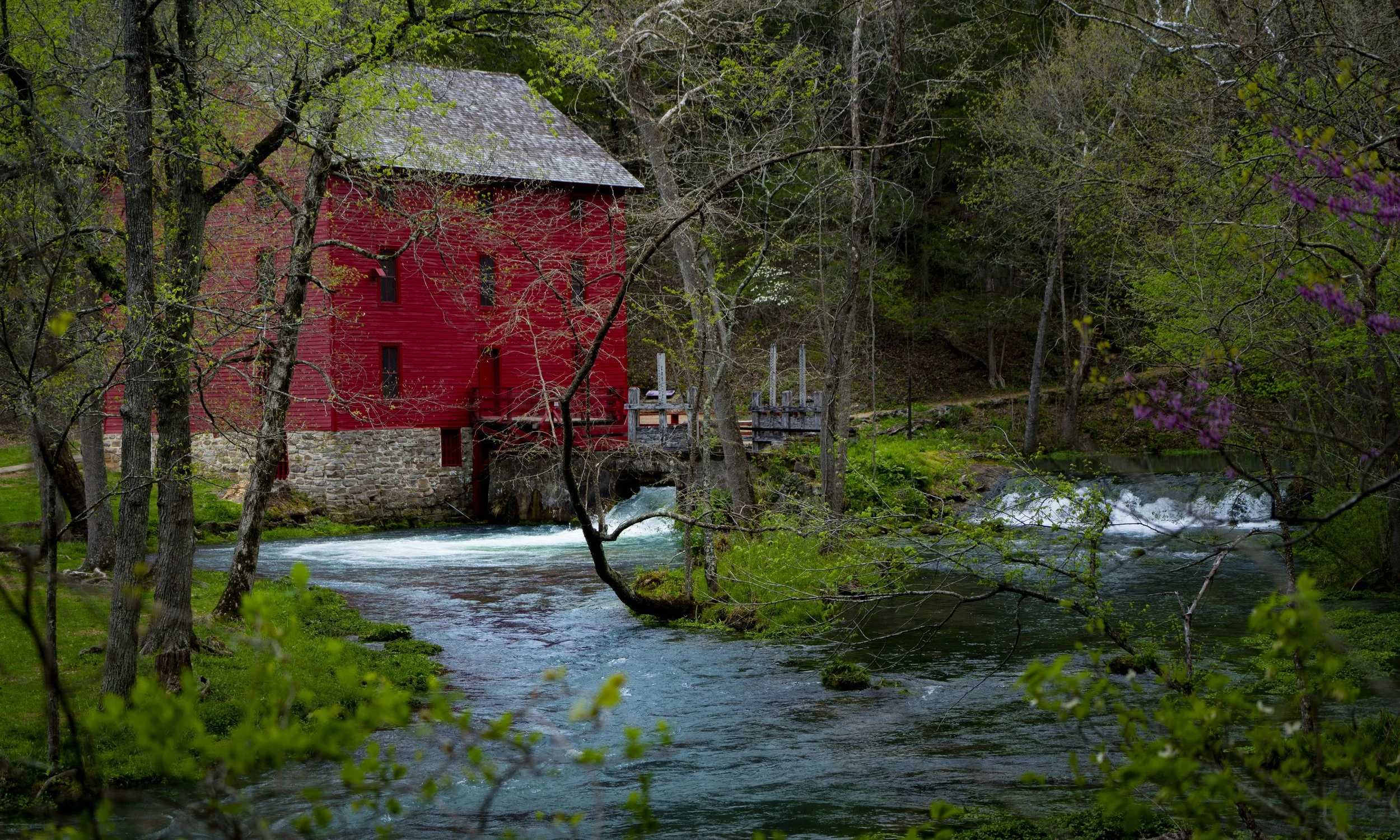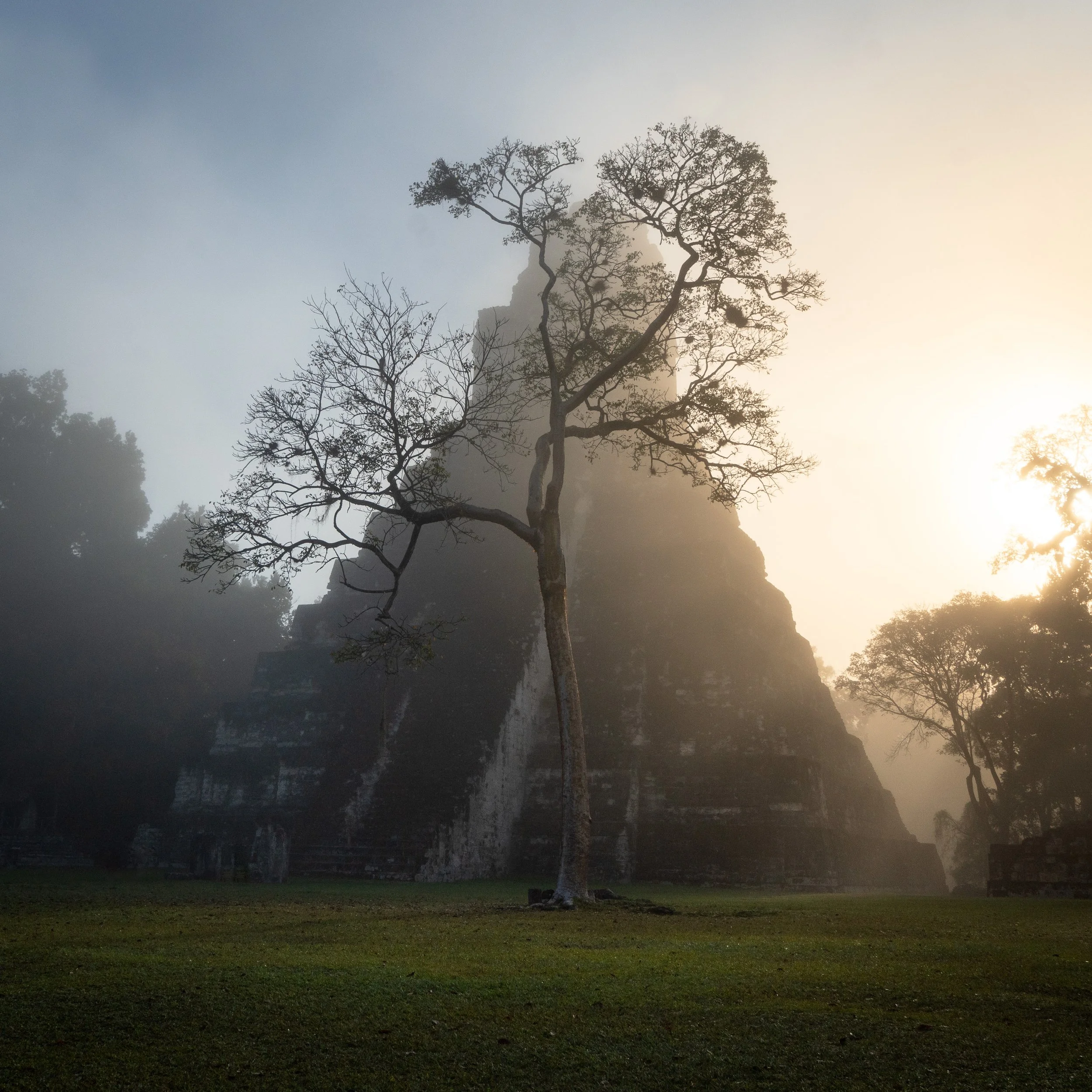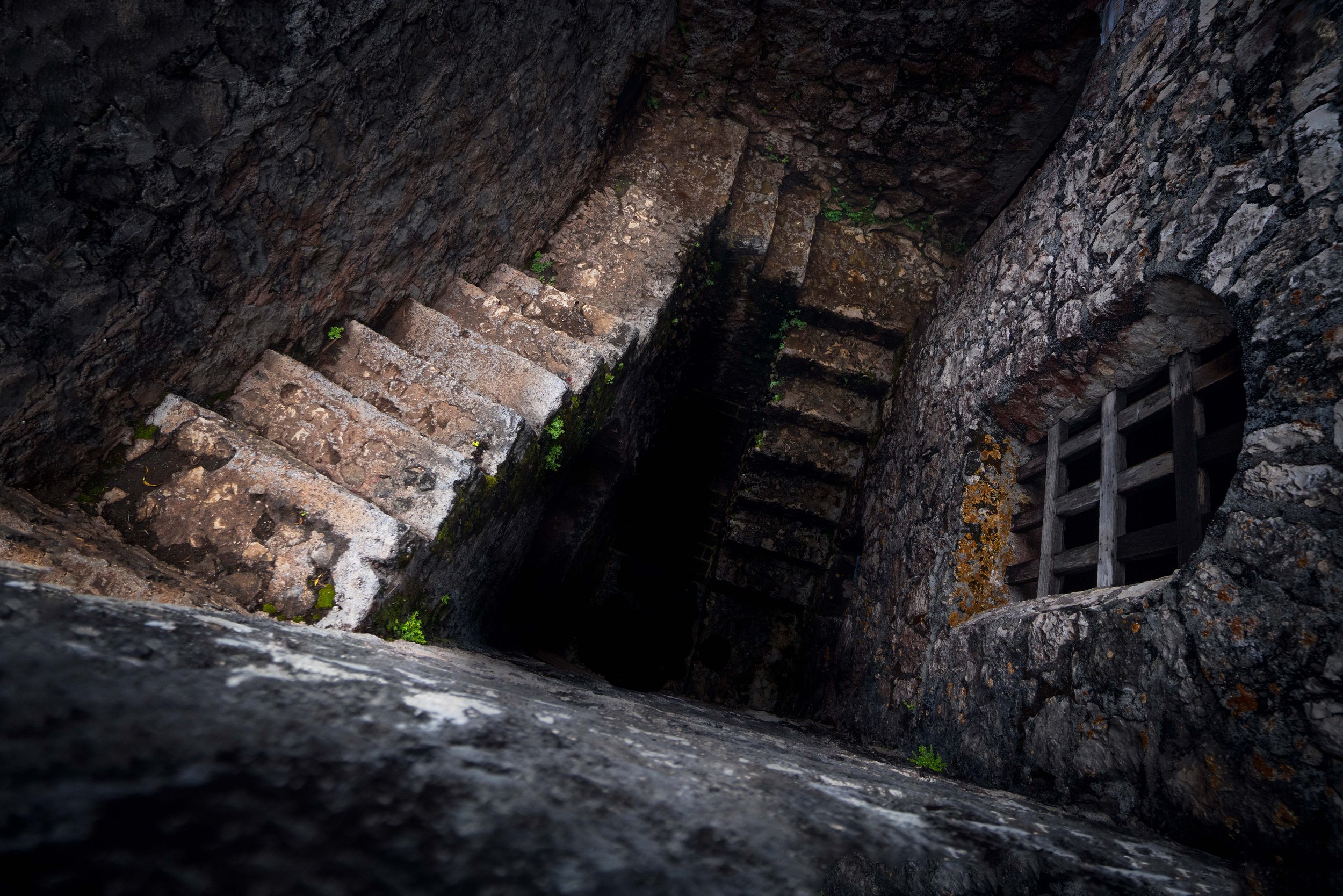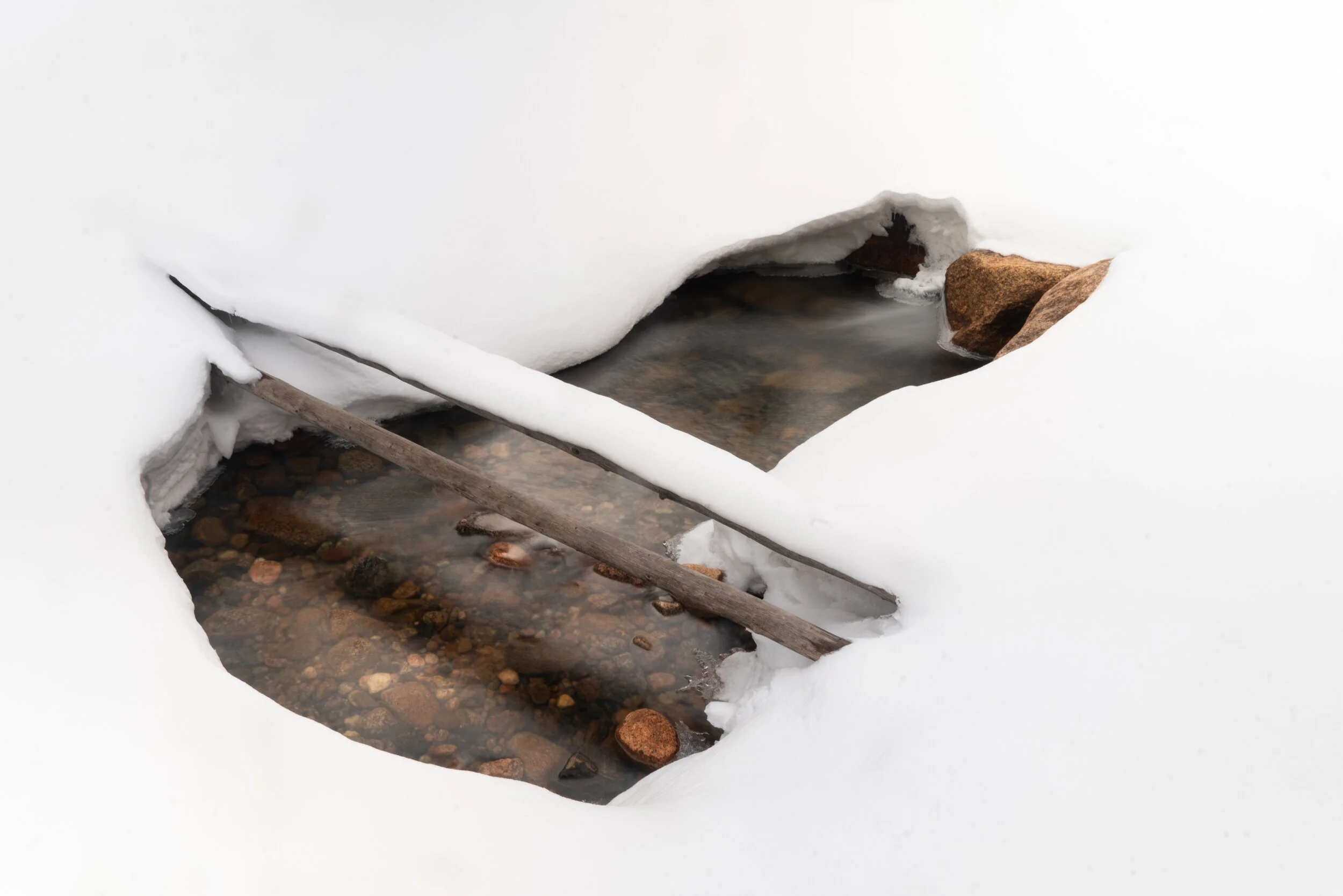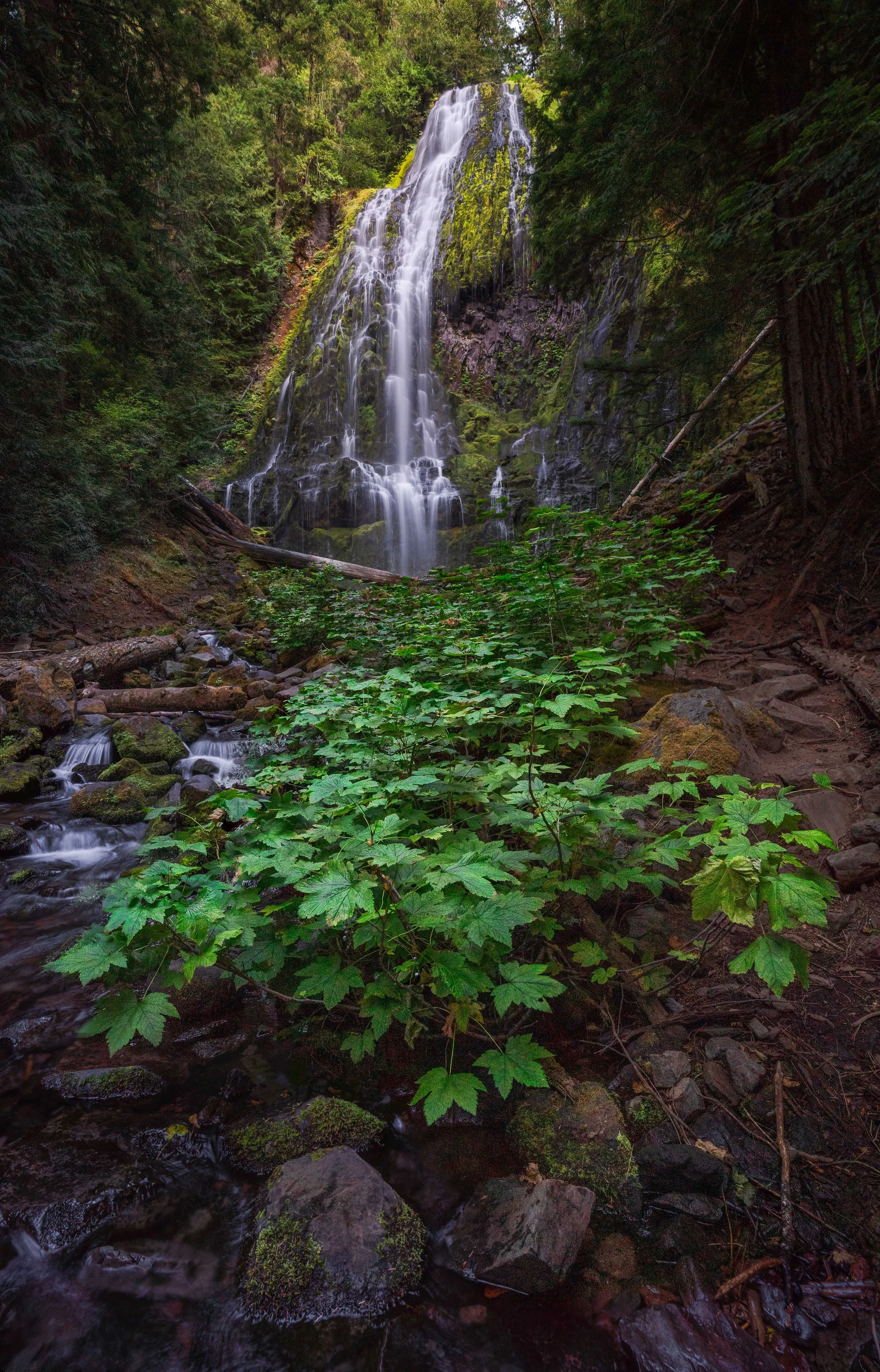How Shapes Secretly Control the Way We See Photos
Learn about the second Element of Design- shapes. I’ll cover what shapes are, common ones to look for in photography, and what emotions are associated with them.
Prefer to watch this tutorial in video format? 😏
Why are Shapes Important?
In this tutorial, I'm going to introduce the second Element of Design, which is shapes.
From its most basic definition, a shape is essentially a two-dimensional object consisting of one or more lines that contain a length and a height.
Shapes are important because, from a very young age, we've been taught to associate meaning with the shapes in our world. Basic shapes, like triangles, rectangles, and circles, give us the building blocks to interpret our surroundings.
Complex shapes, on the other hand, give us deeper insights about our world. An arrow, for example, gives us direction. While a house, for example, implies shelter. Shapes have the power to elicit strong emotions in your photos, and they can completely change the viewer’s perspective on a scene.
Therefore, throughout this tutorial, I’m going to cover a variety of different shapes and the psychological impact they may have on the viewer. We’ll start with basics and move into more complex shapes as we get deeper.
Shall we dive in?
Types of Shapes
Now, there’s an infinite amount of shapes in the universe. We’re going to cover the most popular ones, and their universal meaning across cultures. Let’s start with circles.
Circles
One of the most common shapes you’ll encounter in the world is the circle. Just like curved lines, which we talked about in the Lines tutorial, circles connect the viewer with a sense of leisure, relaxation, and femininity.
For example, check out this image:
This photo, featuring great example of a circle, was taken in Snug Harbor, Washington.
We’ve got this beautiful waterfall with a giant rock structure behind it, and at the base, there's a nice fluffy circular rock. It almost looks like you could just reach in and grab it like a stress ball. The impact of that circle is that it adds a playful tone to the image. All the hard rocks in the background are suddenly balanced out by that soft, circular rock, which lightens the mood.
Circles are also common in clouds. Take a look at this photo:
This photo, featuring a yellow cloud formation, was taken in China Camp, California.
While the cloud isn’t a perfect circle, it’s generally circular. Not every shape, especially in nature, is going to be perfect. The rounded cloud adds a lighthearted, relaxed tone to the image. If we had a harsh, empty sky above that serene landscape, it would feel more intense. But the cloud softens that.
Circles are also often associated with higher powers, completeness, unity, and divinity- all buzzwords to keep in your mind. Think of the the sun, moon, planets, and stars… all of which are circular in nature.
Here’s another example. The following shot shows the sun centered in the frame with a bird flying directly in front of it:
This photo, taken at Glass Beach in California, is almost spiritually drive.
The coincidence of that shot invokes a sense of divine timing. Is something greater at work here? (Spoiler alert; it’s not- I Photoshopped that photo. But the audience doesn’t need to know my process unless they dig deeper [to which I am fully transparent]; I simply want them to feel something.)
Let’s go over one last example, this photo of circular rocks:
This photo of glistening rocks was taken at Playa El Tunco in El Salvador.
These have been smoothed out by waves, rolling over them again and again until their sharp edges have been erased. Rocks are typically associated with roughness and strength, but when they take on a circular shape, the result feels tranquil and peaceful.
Rectangles and Squares
Next up: rectangles and squares.
Remember in the Lines tutorial when I said that horizontal and vertical lines usually represent power, structure, and stability? Well, squares and rectangles inherit those associations.
Think about it- most shelters and buildings are made of rectangles and squafres. For instance, check out this photo of a barn. It has a strong, square structure, which contributes to a sense of stability:
This photo, representing square structures, was taken at Alley Spring in Missouri.
Squares and rectangles are also great at conveying authority. Take a look at this shot where I'm walking down a dam, and in the foreground, there's a chain-link fence made of squares:
This photo was taken at Standley Lake in Colorado.
That fence tells us “no trespassing.” It's communicating authority, yet I'm still walking through it, framed perfectly within the squares.
Squares also convey masculinity and strength. Take a look at this photo of these intense rocks:
This photo, taken at Abiqua Falls in Oregon, demonstrates how rectangular rocks can also act as a symbol of power.
It’s the complete opposite of the curvy, circular rocks from earlier. These squared-off stones feel intense and powerful, and they’ve been eroded into this structure over thousands of years.
Triangles
Next, let’s talk about triangles.
Triangles are similar to diagonal lines in that they add direction, energy, and help guide the viewer’s eye through a photo.
Here’s a shot taken in Cabo, Mexico:
This photo, featuring triangular rocks, was taken at Land’s End in Mexico.
Two triangular rocks at the beach’s edge point toward the sand, inviting the viewer to follow the shoreline and eventually land on the beautiful sunset in the background.
We’re hard-wired into looking where triangles point. Signs and arrows most often use triangles, and our eyes naturally follow them.
The orientation of a triangle also changes its meaning. A triangle pointing up can symbolize goodness, well-being, or a higher power. Check out this Mayan pyramid, for example. Its shape directs the viewer’s gaze upward, toward the gods:
This photo of a triangular pyramid was take at Tikal in Guatemala.
A triangle pointing down, on the other hand, often represents danger. Imagine teeth, spears, or spikes, for example. In this photo of a crab, its sharp claws point down, conveying a possible threat:
This photo of a brightly colored crab was taken at Puerto Los Cabos in Mexico.
Now, let’s keep looking at that crab. Notice how its body is shaped like a circle. That ties back to our earlier point: circles provide protection. So, the crab has a circular, protective body and dangerous, triangular claws. Every shape tells us a story.
Spirals
Now let's start building more complex shapes, and talk about spirals.
Spirals often represent a journey. Anything from a movement, to a transformation, or a discovery.
This photo was taken inside a library:
This photo of a spiral staircase was taken at the Mechanic’s Institute in San Francisco.
The spiral staircase symbolizes the pursuit of knowledge. I’m absolutely certain the architects had that idea in mind when they designed it.
Here’s another example. A spiral staircase at a castle, leading down to the dungeon:
This photo of a descending spiral staircase as taken at Castillo de San Felipe in Guatemala.
I edited the photo intentionally moody and mysterious. It feels like you’re descending into the darkness, on a journey into the unknown.
Using spirals is a great way to craft a narrative in your images.
Abstract Shapes
Next up are abstract shapes. These don’t fall into the categories of basic shapes like circles, triangles, or squares. They’re often hybrids, or they’re complex shapes we’ve assigned meaning to as humans. But they often start with no meaning at all.
Check out this photo from Joshua Tree National Park:
This photo was taken at Hidden Valley in Joshua Tree, California.
The rock has curved edges but also a triangular dark shadow within it. That shape draws the eye upward toward the sunset, helping the viewer associate the light with power or divinity.
Although nature didn’t originally intend to point the dark shadow towards the sunset, I was able to input that meaning into the scene with my perspective.
Now, what about shapes we’ve already assigned meaning to?
This is one of my favorite things in photography- finding recognizable forms in nature.
Take a look at this photo:
This optical illusion photo was taken at Lawn Lake in Colorado.
It might take you a second to figure out what’s going on, but I’ll spoil it for you if you’re confused: It’s a snow-covered river with a log going across it. Part of the river is frozen, while part of it is flowing. From a distance, it looks like a duck or bird. The whole shot is an optical illusion, and a great example of how we bring our own interpretations to shapes.
Another example: this photo of flowers is arranged in a heart shape. Flowers already symbolize love, and the heart reinforces that message even more:
This photo of a flower shaped like a heart was taken on the trail to Oxford and Belford, two fourteeners in Colorado.
Or check out this photo of a waterfall in Arkansas called Glory Hole Falls:
This photo of a subtle waterfall was taken at Glory Hole Falls in Arkansas. (Yes, that’s it’s actual name.)
I shot it during low flow, and the water was trickling down in thin strands. With the help of a long exposure, it looks like a harp, and the viewer almost wants to reach in and touch it. This symbolism adds a sense of tranquility to the scene.
Always be looking for symbols in nature that remind us of real-life objects or emotions.
Complex Shapes
Finally, I want to acknowledge that there are endless shapes I didn’t cover here- diamonds, hexagons, pentagons, and more.
As shapes get more complex and less common in everyday life, their meanings also become more nuanced. A pentagon, for example, can mean totally different things depending on your cultural background. In Christianity, Hinduism, or Buddhism, those five points might each carry a unique significance.
So, the lesson here is to always consider cultural context when photographing complex shapes.
Here’s an example:
This photo featuring pentagon-like leaves was taken at Proxy Falls in Oregon.
In the foreground, you can see a bunch of five-pointed leaves. I liked the busyness of all those edges. When you contrast that with the calm waterfall in the background, you get a beautiful juxtaposition.
We’ll get more into the idea of juxtaposition when we start talking about the principles of design. That’s where we connect all these elements of design together.
Final Thoughts
Shapes have the power to summon strong emotions in your viewer. Used correctly, they can enhance the message of your photography, and connect the audience to reality.
As your composition eye gets stronger, you’ll get better and better at recognizing shapes in the wild and figuring out how to build them into your images. My best advice is to start small. Start by looking for circles, squares, and triangles- then slower layer in more complex shapes.
Let’s jump to the next tutorial, where we’re going to discuss what Form is- AKA adding a third dimension into your shapes.

